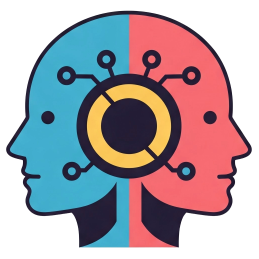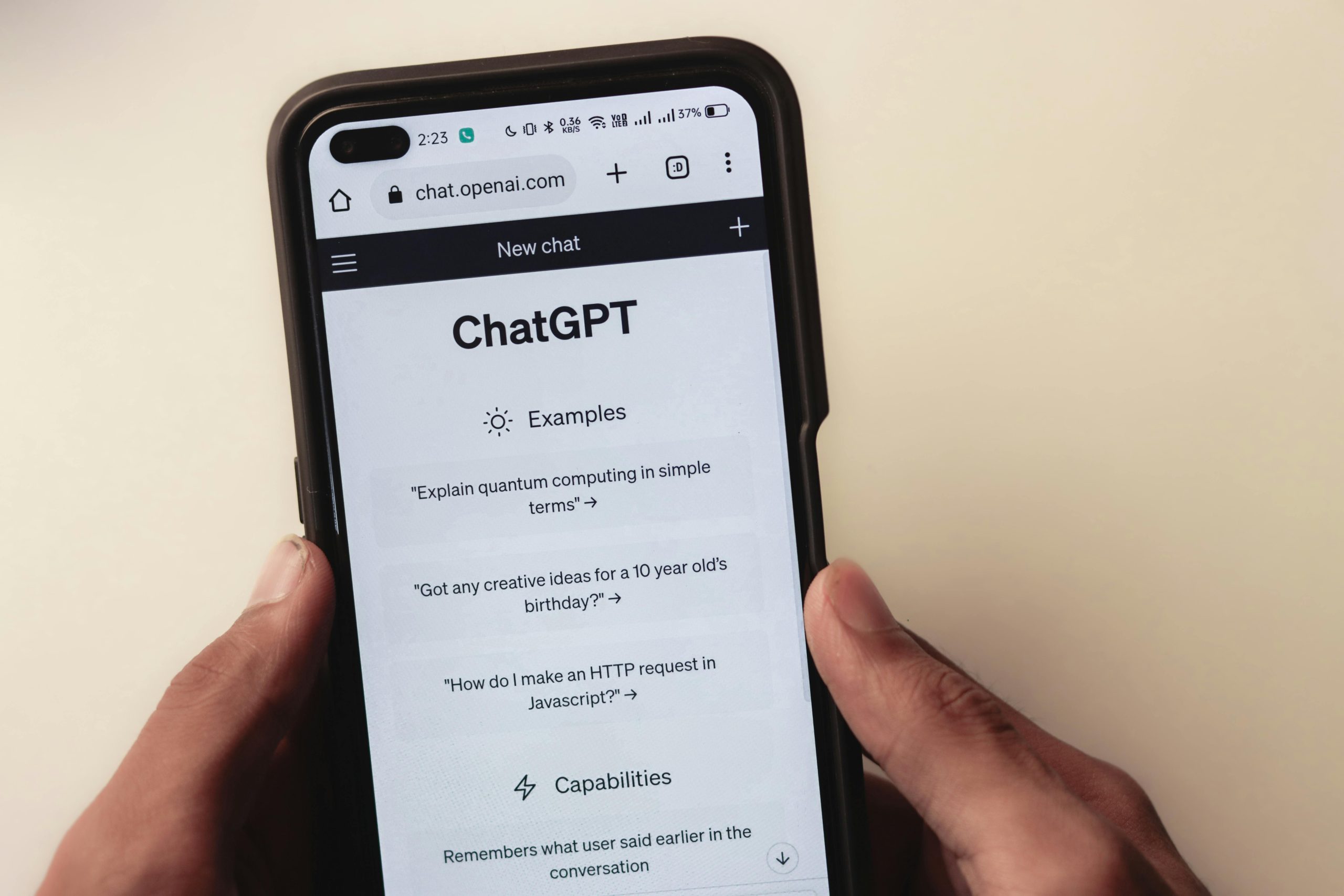The Rise of AI-Generated Content: A Cause for Concern
In today’s digital landscape, the boundaries between reality and Artificial Intelligence are becoming increasingly blurred. Recently, I stumbled upon a YouTube channel dedicated to nature documentaries that, surprisingly, turns out to be completely AI-generated. The content appears so authentic that viewers are easily deceived into believing it’s real, raising significant concerns about the implications of such technology.
Take a moment to explore this eye-opening video here: YouTube Nature Shorts. Despite being flagged as misleading, the video continues to thrive on the platform, which leads me to question the effectiveness of existing regulatory measures.
It’s perplexing to consider why Google would create such a powerful AI model that could potentially harm its own ecosystem. As more users flood platforms with AI-generated content, the challenge will not be limited to addressing a few rogue channels; it calls for a broader rethink of how we manage digital information.
As we stand on the brink of what could be a content overload of AI-generated “slop,” it’s imperative to advocate for regulations that require clear labeling of such materials. Without a definitive approach to transparency, we could be facing a future where distinguishing real content from AI creations becomes a daunting task. It’s high time we urge lawmakers to establish guidelines that mandate labeling of AI-generated videos before it’s too late.










Leave a Reply